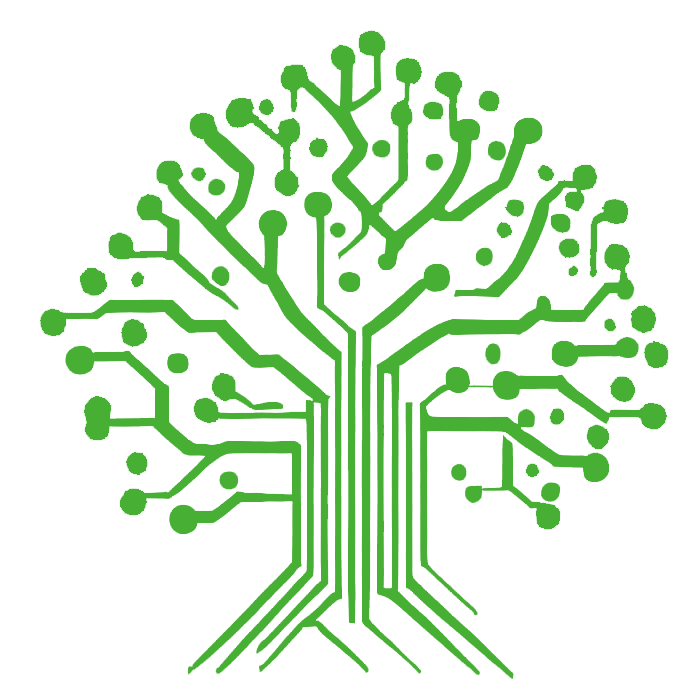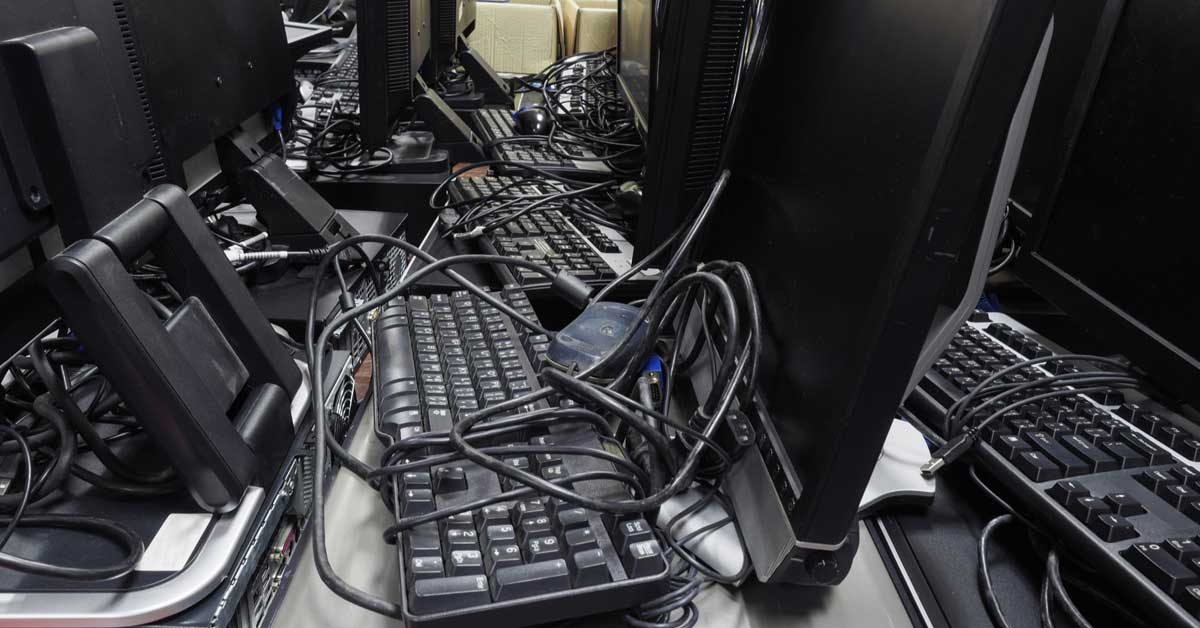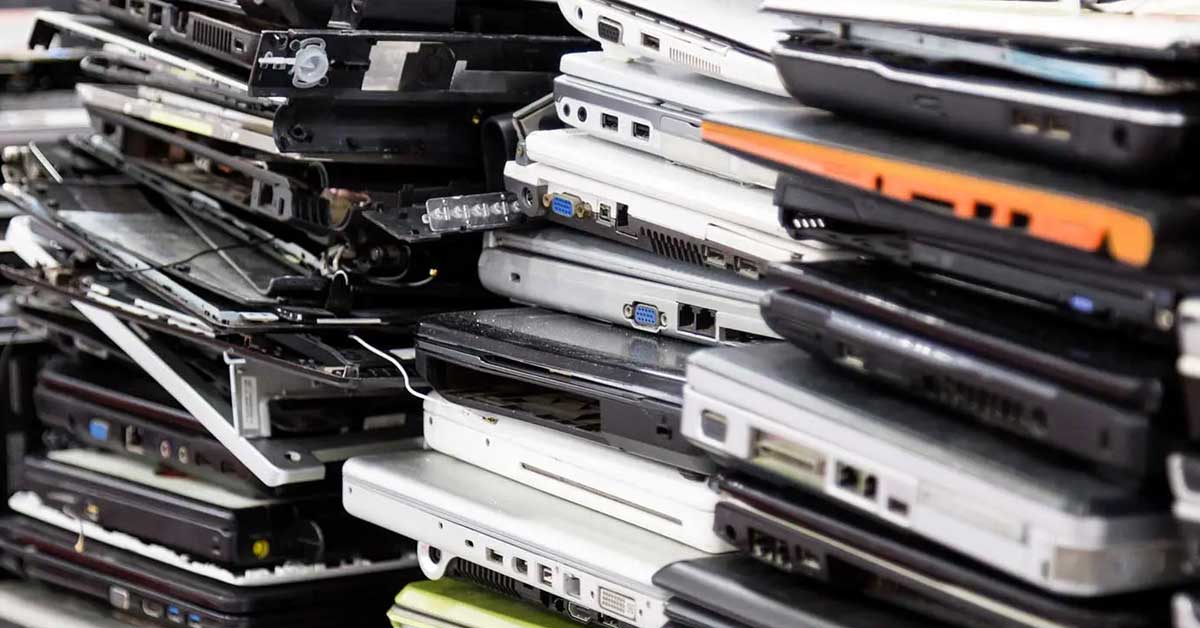In our digital age, computers have become an indispensable part of our lives, powering our work, communication, and entertainment. However, with technological advancements occurring at breakneck speed, electronic waste (e-waste) has become a major environmental concern. Recycling computers offers a sustainable solution to this problem, and understanding the journey of a recycled computer—from collection to refurbishment and beyond—sheds light on the vital process of giving new life to electronic devices.
- Collection: The journey of a recycled computer begins with collection. There are several channels through which computers are collected for recycling. Consumers can drop off their old computers at designated e-waste collection points or participate in recycling events organized by local authorities or electronic recycling organizations. Additionally, some manufacturers have take-back programs where customers can return their old devices when purchasing new ones. Businesses and institutions also play a significant role in computer recycling, often partnering with e-waste recyclers for large-scale collection.
- Sorting and Inspection: Once collected, the computers are transported to recycling facilities for sorting and inspection. During this stage, workers separate different types of electronic devices and components to optimize the recycling process. Computers are inspected to determine their condition and potential for refurbishment. Devices that are severely damaged or beyond repair are earmarked for proper recycling, while those suitable for refurbishment move on to the next phase.
- Data Erasure: Data security is a critical concern when recycling computers. Before any refurbishment or recycling efforts, all data on the devices must be securely erased to prevent sensitive information from falling into the wrong hands. Skilled technicians use specialized software and tools to wipe the hard drives clean, ensuring the protection of the previous owners’ data.
- Refurbishment: The refurbishment stage breathes new life into the recycled computers. Skilled technicians inspect the devices thoroughly, identifying and replacing faulty components. They might upgrade the memory, replace damaged screens, and fix any other issues to bring the computer back to optimal performance. Once the refurbishment process is complete, the computers are functionally tested to ensure they meet quality standards.
- Resale or Donations: Refurbished computers have several destinations. Some are sold by e-waste recyclers or electronic refurbishment companies as affordable alternatives to brand new devices. These refurbished computers often find homes in schools, small businesses, and economically disadvantaged communities, promoting digital inclusion and reducing the digital divide.
- Additionally, some refurbished computers are donated to non-profit organizations or educational institutions. These donations provide access to technology for individuals who may not otherwise have the means to acquire it, empowering them with the tools they need to succeed in the modern world.
- Recycling of Non-Refurbishable Parts: Not all components of a computer can be refurbished or resold. Parts that are beyond repair or no longer usable are separated for proper recycling. Precious metals and valuable materials are extracted from these non-refurbishable parts through specialized recycling processes. This resource recovery contributes to the conservation of natural resources and reduces the environmental impact of mining for raw materials.
- Final Recycling and Disposal: The remaining e-waste that cannot be refurbished or recycled further undergoes environmentally responsible processing. Hazardous materials, such as lead, mercury, and flame retardants, are handled with care and disposed of safely. Recycling facilities aim to minimize waste sent to landfills and incineration, ensuring that even the non-recyclable components are managed in an environmentally friendly manner.
Conclusion:
The journey of a recycled computer is a multifaceted process that involves collection, data erasure, refurbishment, and responsible recycling. By embracing computer recycling, we can significantly reduce the environmental impact of e-waste while extending the life cycle of electronic devices. Proper recycling practices not only conserve valuable resources but also contribute to digital inclusion efforts and empower individuals and businesses with affordable technology. As the world continues to navigate the challenges of e-waste, the journey of a recycled computer stands as a shining example of how sustainable practices can turn discarded electronics into opportunities for a greener and more inclusive future.










Comments are closed